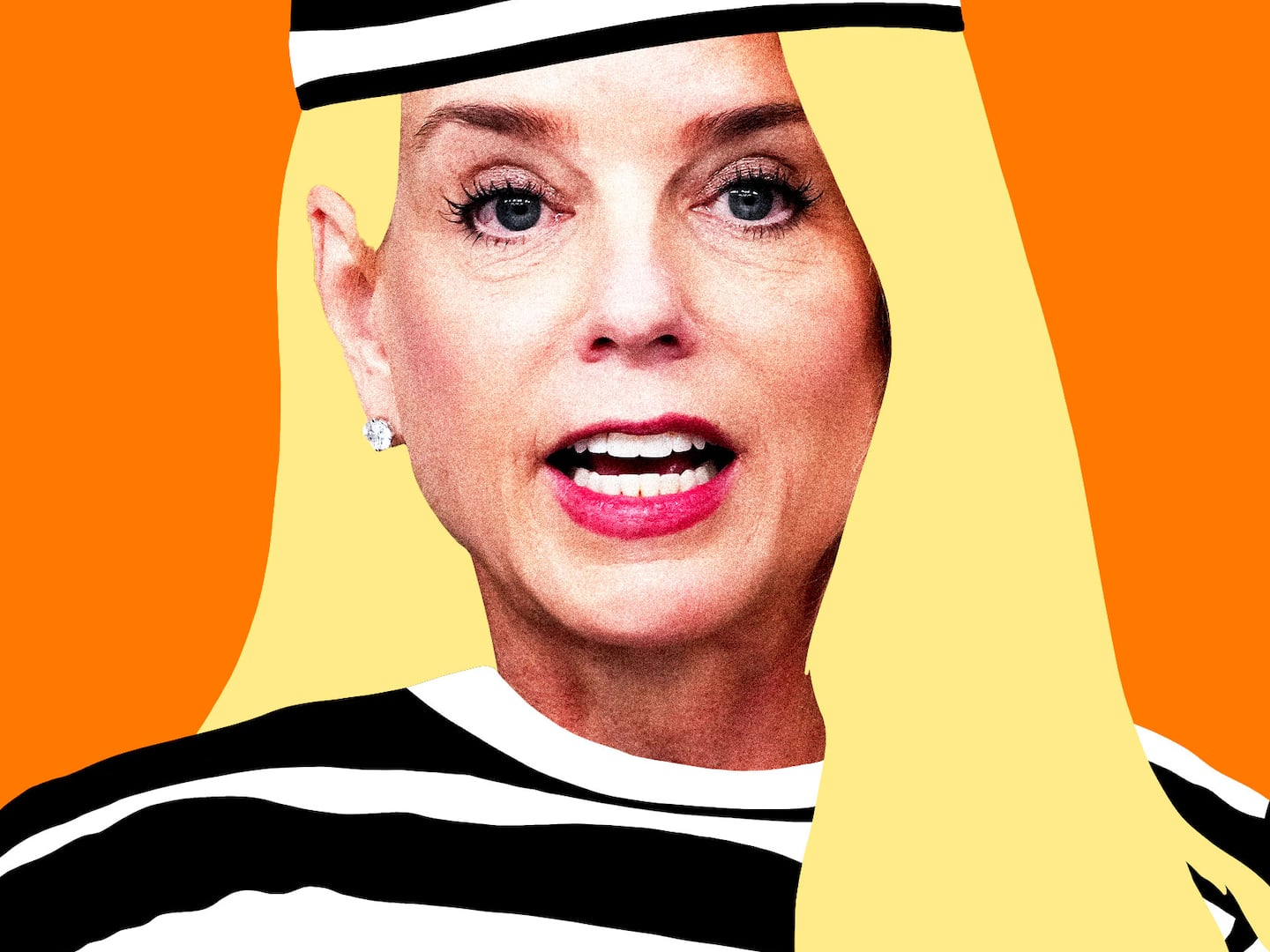The video is certainly moving in its simplicity.
“Reproductive issues should be something that women should be able to talk about freely, especially amongst each other. I still see shame and embarrassment around terminating pregnancies,” Girls actress Jemima Kirke says in her PSA for the Center for Reproductive Rights.
Realizing that she was not in the position to be a good parent, Kirke recounts her decision to have an abortion in 2007 while a college student at the Rhode Island School of Design.
She details hardships to accessing her abortion, including how she forewent anesthesia because it was an additional cost when she was already stretched beyond her financial means to pay for the procedure.
The viewer’s sympathies are rightly with Kirke, who is earnest and direct in what she relates. Yet, at the fear of sounding callous, my immediate reaction to her account was to shrug my shoulders and sigh, “So what?” To be clear, it wasn’t her story I was dismissing, but the tenor of debate it perpetuated.
Here was another woman—a famous one, a mother, no less—telling a thoughtful story about all the good reasons she had an abortion.
But what good does that do for an undocumented immigrant in the Rio Grande Valley who may have to travel hundreds of miles—never mind the cost itself— to have an abortion?
Or a woman living in the “nearly 1,200-mile-wide desert of abortion providers” in the Midwest who is struggling just to find a place that will let her exert her constitutionally protected right to choose whether or not to have baby?
We’re living in one of the most hostile times for abortion rights since Roe v. Wade was decided in 1973. According to the Guttmacher Institute, 13 states had four or five abortion restrictions and no state had had more than five in 2000. By 2014, 27 states had at least four abortion restrictions, 18 of which had six or more abortion restrictions.
“The action surrounding abortion restrictions is much more intense than what we were seeing 10 years ago,” says Elizabeth Nash, the senior state issues associate at the Guttmacher Institute. “While the restrictions are somewhat concentrated in states like Arizona, Texas, and Oklahoma, 30 states have adopted some sort of abortion restrictions since 2011. It’s not just the South. It’s not just Kansas.”
Certainly, fighting the stigma of having an abortion is important, but is it as important as actually fighting abortion barriers in terms of state restrictions and travel, financial, and logistical humps? Surely, helping women through the unfair burden of abortion shame has to be secondary to helping them secure abortions in the first place.
However, reproductive-rights advocates make the case that fighting abortion stigma is integral to the battle against abortion restrictions.
“One part of me wonders if the backlash against abortions is due, in part, to that we don’t often hear women’s stories about abortion. It is amazing to me that when women tell their abortion stories, we say ‘Oh my God, you’re so brave,’ instead of seeing it as part of the human condition,” says Nash. “We see a real change in how the LGBT community is viewed. We haven’t seen that change around abortion.”
But are the lack of women’s stories to blame in this, or more engrained prejudices against a woman’s right to choose, versus the rights of the fetus. Right-leaning, God-invoking legislatures invoke the latter, and dismiss the former.
During the same few years that there have been massive efforts on the state level to restrict abortions, gay marriage has become more widely approved, legally and socially. In fact, it’s considered by many social conservatives to be a lost battle.
The disparity in the progress between the reproductive rights and LGBT right movement is striking and raises questions about what the former needs to do differently.
According to the Pew Research Center, support for gay marriage has grown from 35 to 52 percent of all Americans from 2001 to 2014.
From 2001 to 2013, 54 percent of Americans said abortion should be legal in most to all cases, with some major drops during those 12 years.
While support ultimately held steady, Pew found that in 1995, 60 percent of Americans said they supported abortion in all or most cases, so the 21st century marked a decline.
“One thing we really noticed is the LGBT rights movement has a three-pronged approach: policy, health-care access, and changing the culture,” says Steph Herold, who co-founded Sea Change, a nonprofit established in January 2014 to specifically examine and combat the stigma surrounding abortion. In the reproductive-rights organization. “We’re missing a component that’s about shifting the culture. Without that, it’s going to be difficult to sustain political wins over time.”
However, pro-choice advocates have been fighting abortion stigma for decades, even before Roe v. Wade was decided.
Ms. magazine started getting women to come forward with their abortion stories to fight the stigma. It was a landmark campaign—in 1972.
Now, over 40 years later, it’s not that there isn’t still a stigma surrounding abortion—there certainly is—but maybe fighting stigma isn’t sufficient. Or, rather, perhaps sharing our stories isn’t enough to bring about concrete policy changes that adequately secure abortion access.
The pro-choice movement may need new a strategy that is suited to the current level of hostility. When the laws in some states have become so restrictive to the point that women are effectively blocked from abortion access, I am not sure Kirke’s story actually helps.
I don’t want to discount the hardship of having to pass up on anesthesia, but at the end of the day, she was able to access a safe and secure abortion through Planned Parenthood.
It may not have been the exact type of abortion she wanted, but she got one, which is more than many women can claim. Framing her story as one of struggle may detract from the basic access issue many women face. Shouldn’t that bigger issue be at the heart of today’s pro-choice campaigns?
We, pro-choice advocates, are having the same conversations about abortion and shame that we were having in 1972. (And that’s OK: More voices are better than fewer.)
The difference is that now our laws around abortion are becoming more restrictive. The present-day dialogue and campaigning need to change. High-profile, pro-choice voices shouldn’t just be confessing, they should be actively pointing out present-day inequalities and demanding change.






